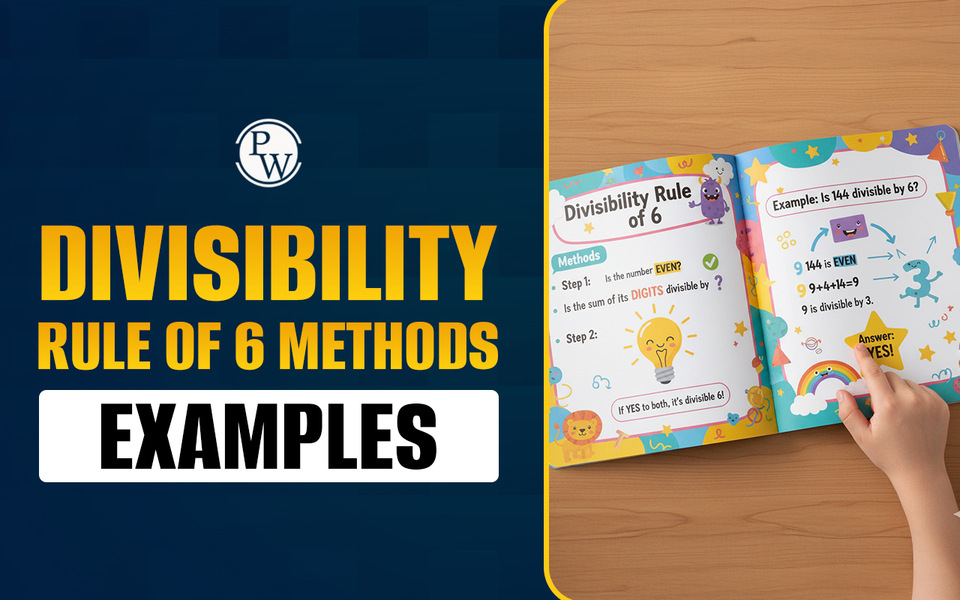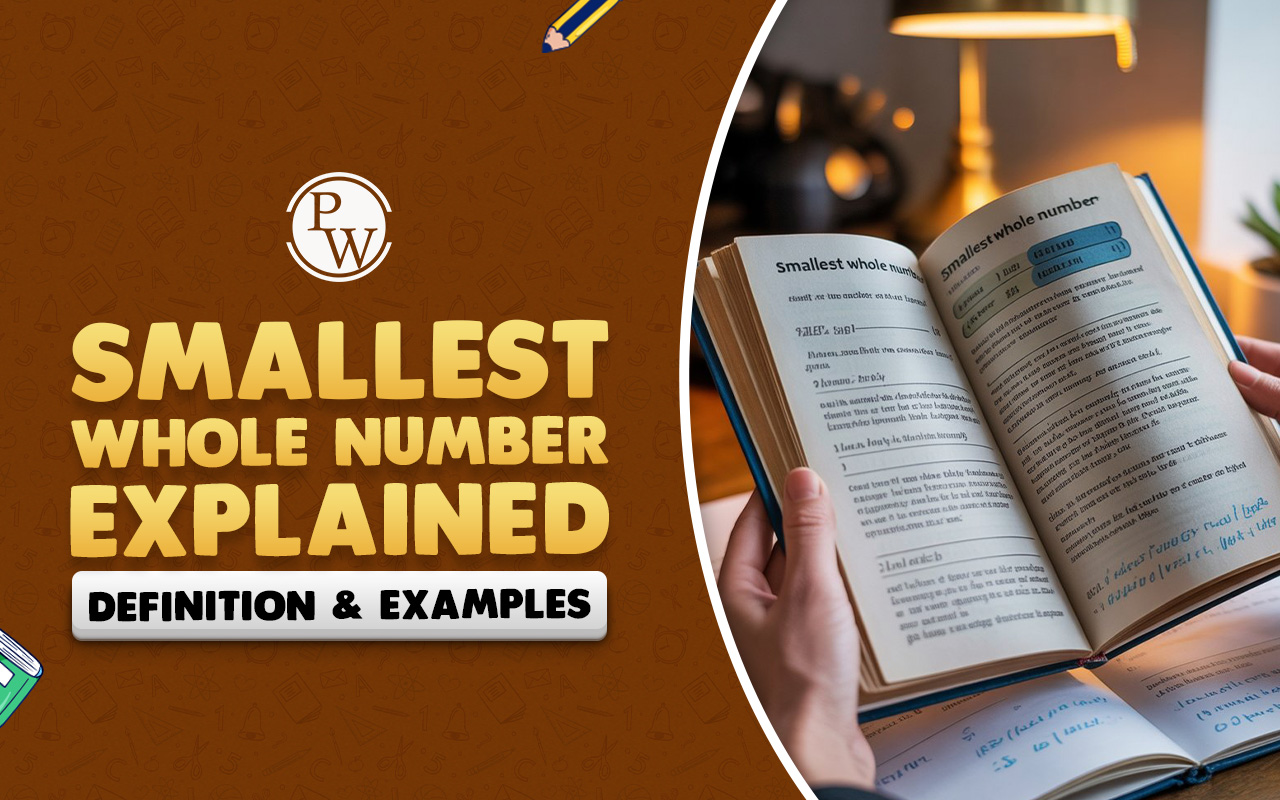
Pythagorean Triples
Pythagorean Triples are groups of three whole numbers that follow the rule of Pythagoras' theorem. In a right-angled triangle, the longest side is called the hypotenuse, and the other two are the base and perpendicular. When the square of the hypotenuse equals the sum of the squares of the base and perpendicular, those numbers are called Pythagorean Triples.
The most common example of Pythagorean Triples is (3, 4, 5) because 3² + 4² = 9 + 16 = 25 = 5². There are many more such triples, and they can be found using a Pythagorean triples formula. To learn more about the Pythagorean triples definition, keep reading.
Pythagorean Triples Definition
As per the Pythagorean Triples definition, they are sets of three positive whole numbers (a, b, c) that follow the rule of Pythagoras' theorem. The formula is a² + b² = c².
In this, c is the hypotenuse or the longest side of the right-angled triangle, while a and b are the other two sides. If this condition is true for any three numbers, they form a Pythagorean Triple.
Read more: Basic Maths Symbols With Name
Examples of Pythagorean Triples
There are multiple examples of Pythagorean Triples because there can be many sets of numbers that follow the rule a² + b² = c². The smallest and most common triple is (3, 4, 5). This is the first known set where 3² + 4² = 9 + 16 = 25 = 5².
We can also create more examples of Pythagorean triples by multiplying these numbers by the same value (n). For example:
|
Examples of Pythagorean Triples |
|
|
n |
(3n, 4n, 5n) |
|
2 |
(6, 8, 10) |
|
3 |
(9, 12, 15) |
|
4 |
(12, 16, 20) |
Read more: Volume of a Cylinder
What is Pythagorean Triples Formula?
To solve questions, one must also understand what is Pythagorean Triples formula. This formula helps us form sets of three numbers (a, b, c) that satisfy the Pythagoras theorem, a² + b² = c². These triples are written in the form (a, b, c), where a and b are the smaller sides of a right-angled triangle and c is the hypotenuse.
The Pythagorean Triples formula is:
-
a = m² – n²
-
b = 2mn
-
c = m² + n²
Here, m and n are any two positive whole numbers, and m > n. Also, m and n should be coprime (no common factor other than 1), and neither should be an odd number.
By using this Pythagorean Triples formula, you can generate many different triples like (3, 4, 5), (5, 12, 13), or (7, 24, 25). This makes it easier to prepare a list of Pythagorean Triples for practice in geometry and algebra problems.
Read more: Prime Numbers
List of Pythagorean Triples
A Pythagorean Triple is not limited to just one set of numbers. Once we know the formula, we can create a long list of Pythagorean Triples. To understand it better, check the list of Pythagorean triples given below:
-
(3, 4, 5)
-
(5, 12, 13)
-
(7, 24, 25)
-
(8, 15, 17)
-
(9, 40, 41)
-
(11, 60, 61)
-
(12, 35, 37)
-
(13, 84, 85)
-
(15, 112, 113)
-
(16, 63, 65)
-
(17, 144, 145)
-
(19, 180, 181)
-
(20, 21, 29)
-
(20, 99, 101)
-
(21, 220, 221)
Pythagorean Triples Formulas
We can use different Pythagorean Triples Formulas as per the numbers given or the condition of the question, as explained here:
-
If one number “m” is given: The triple can be written as (2m, m² – 1, m² + 1).
-
To generate random triples: Take any two whole numbers m and n, with m > n. Then use:
a = m² – n²,
b = 2mn,
c = m² + n². -
If the given number n is odd: The triple will be (n, (n²/2 – 0.5), (n²/2 + 0.5)).
-
If the given number n is even: The triple will be (n, ((n/2)² – 1), ((n/2)² + 1)).
These formulas help in making a list of Pythagorean Triples easily, without solving long steps every time.
Read more: Surface Area of Cylinder
Solved Examples of Pythagorean Triples
By going through these examples of Pythagorean triples, you can understand how to check whether a set of numbers forms a Pythagorean Triple or not. These examples also help you understand how to find missing numbers using the Pythagorean Triples formula.
Example 1: Check if (7, 24, 25) is a Pythagorean Triple.
Solution:
Here, a = 7, b = 24, and c = 25 (hypotenuse).
According to the rule, a² + b² = c²:
-
a² + b² = 7² + 24² = 49 + 576 = 625
-
c² = 25² = 625
Since both are equal, (7, 24, 25) is a Pythagorean Triple.
Example 2: Check if (10, 15, 20) is a Pythagorean Triple.
Solution:
a = 10, b = 15, and c = 20.
-
a² + b² = 10² + 15² = 100 + 225 = 325
-
c² = 20² = 400
Since 325 ≠ 400, these numbers do not satisfy the rule. Therefore, (10, 15, 20) is not a Pythagorean Triple.
Example 3: If (x, 12, 13) is a Pythagorean Triple, find the value of x.
Solution:
We use the rule a² + b² = c²:
-
x² + 12² = 13²
-
x² + 144 = 169
-
x² = 169 – 144 = 25
-
x = √25 = 5
Also Read: Square Root
Make Learning Maths Easy and Fun For Your Child With CuriousJr
Does your child struggle with math topics at school or take longer to solve questions while doing homework? Sometimes, children need extra guidance and practice to fully understand concepts and feel confident in solving questions.
CuriousJr's Mental Maths classes are made for students from classes 3 to 9 to make learning math simple and enjoyable.
-
With interactive live sessions, easy explanations, and a two-teacher model, your child gets personal attention and support at every step of their learning journey.
-
These classes follow the school syllabus in a structured way, provide help with homework, and strengthen your child’s understanding of key math concepts.
-
Features like progress tracking and regular performance updates keep you informed about your child’s improvement.
Book a demo class today and see how CuriousJr online tuition classes can help your child become more confident, faster, and accurate in math.
Pythagorean Triples FAQs
What are Pythagorean Triples?
Give two examples of Pythagorean Triples.
What is Pythagorean Triples formula?
Check if 13, 84, 85 are Pythagorean Triples.
Find a Pythagorean Triplet of 10.









